Sum of CPU and GPU power consumption
You really have to look at it in its entirety, because more draw calls naturally also drive up the CPU power and thus the package power. In comparison, we see the measured power consumption of the GPU as an average value for the respective benchmark in direct comparison to the sum of GPU and the CPU’s package power:
This also works as GPU-only:
The bars are of course clearer in total:
CPU power consumption
I made the CPU power consumption extra because it is actually very interesting and gives a good feeling about bottlenecks. Here again everything in detail, you can see the respective settings in the chart graphic. Over the course of the benchmark period, this is how it looks:
Efficiency analysis
In order to be able to assess the efficiency really cleanly, I also measured the power consumption in detail for each individual benchmark, whose results we already know, which we could also see in detail on the previous page. But what can we expect if we now relate the two values meaningfully to each other? How many watts of power consumption does a single frame per second cost me (more or less)? The realization is quite astonishing. Games like Horizon Zero Dawn and Wolfenstein Youngblood, which scale particularly well with the new amp cards, are the best indicator in Ultra-HD of how things are going when they are going. You can now add this up for all games and show a cumulative result:
Save energy with DLSS? That works!
Let’s do a little experiment. In the gallery above at Ultra-HD you can post Wolfenstein Youngblood. Now let’s compare the whole thing with the values I could measure for Ultra-HD but with DLSS. While the GeForce RTX 3070 without DLSS still had 2 watts per FPS that had to be used, it’s now 1.58 watts, so only 79%. This gain in efficiency does not of course result in the test from a decreasing power consumption at identical FPS, but from the increased graphics performance at almost the same power consumption.
Corresponding articles I have already published show, however, that by using a suitable limiter you can reverse exactly this effect in the direction of power consumption. If you limit the run with DLSS to the FPS number without DLSS, the power consumption drops by almost 20%.
- 1 - Introduction, Technical Data and Test System
- 2 - Teardown, PCB and Cooler
- 3 - Grafik-Performance: Gaming Performance Full-HD & RTX
- 4 - Gaming Performance WQHD
- 5 - Gaming-Performance Ultra-HD & DLSS
- 6 - In-Depth Analysis for all Games
- 7 - Frame Times vs. Power Draw
- 8 - Workstation: CAD
- 9 - Studio: Rendering
- 10 - Studio: Video and Image Editing
- 11 - Power Consumption and Efficiency per Game
- 12 - Power Consumption Summary and PSU Recommendation
- 13 - Temperatures, Clocks and Infrared Tests
- 14 - Geräuschemission / Noise
- 15 - NVIDIA Broadcast - More as a Gimmick?
- 16 - Final Words and Conclusion















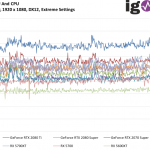
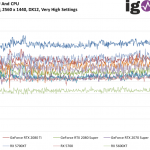
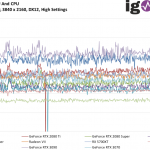






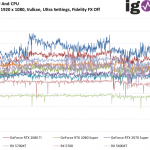



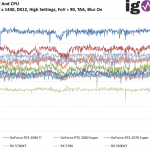


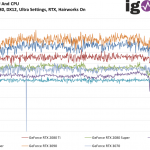


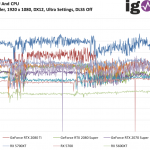


















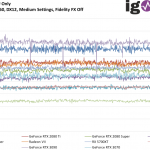





















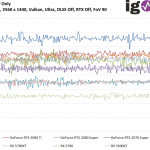












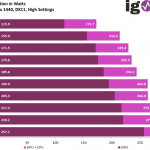

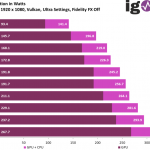








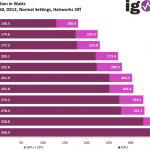
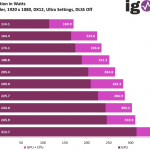




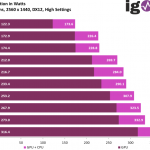


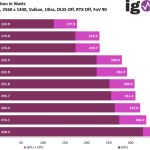

























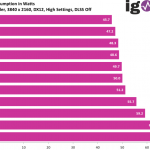














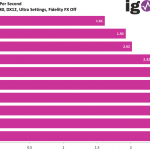


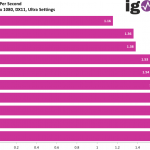






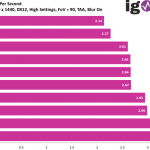



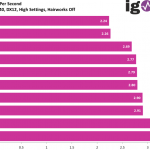





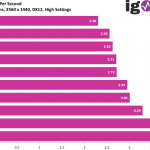


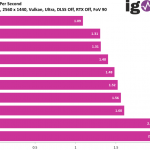














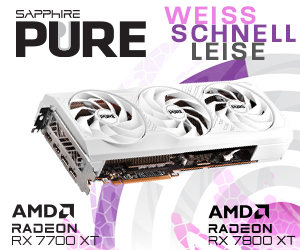










Kommentieren